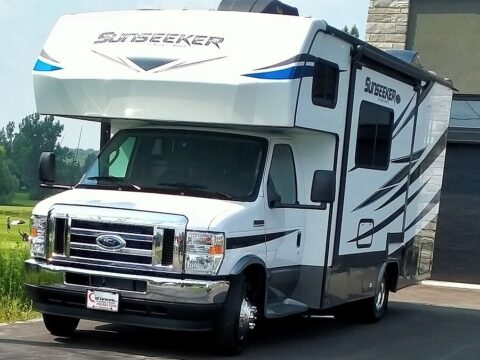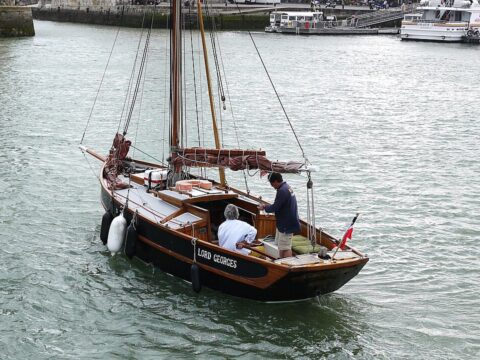Classic cars often captivate with their timeless beauty, but some models stand out for their unusual and quirky designs. These vehicles defy conventional aesthetics and showcase the creativity of their era. Here are the weirdest classic cars ever seen, each with its own unique charm and eccentricity.
Contents
Stout Scarab
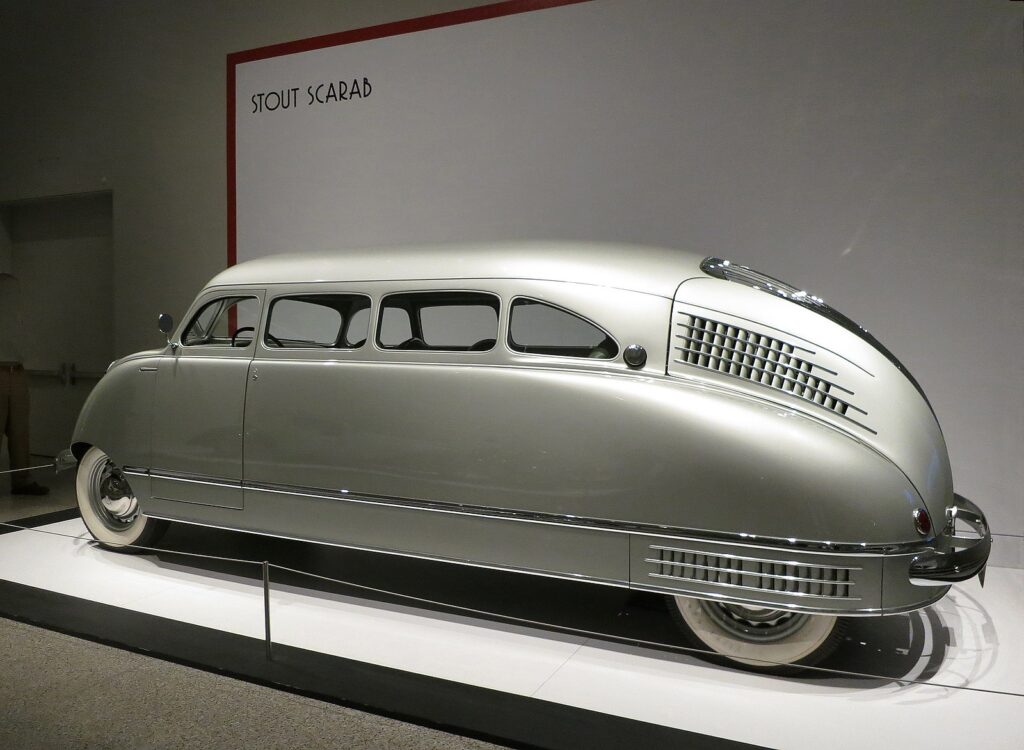
The Stout Scarab, produced in the 1930s and 1940s, is often considered the world’s first minivan. Its unusual design, resembling a beetle, featured a streamlined, art-deco body and a rear-mounted Ford V8 engine. With only nine units built, the Scarab was designed for maximum interior space, including a lounge-like seating arrangement. Customer reviews from the era praised its innovative design but noted its impracticality and high cost.
BMW Isetta
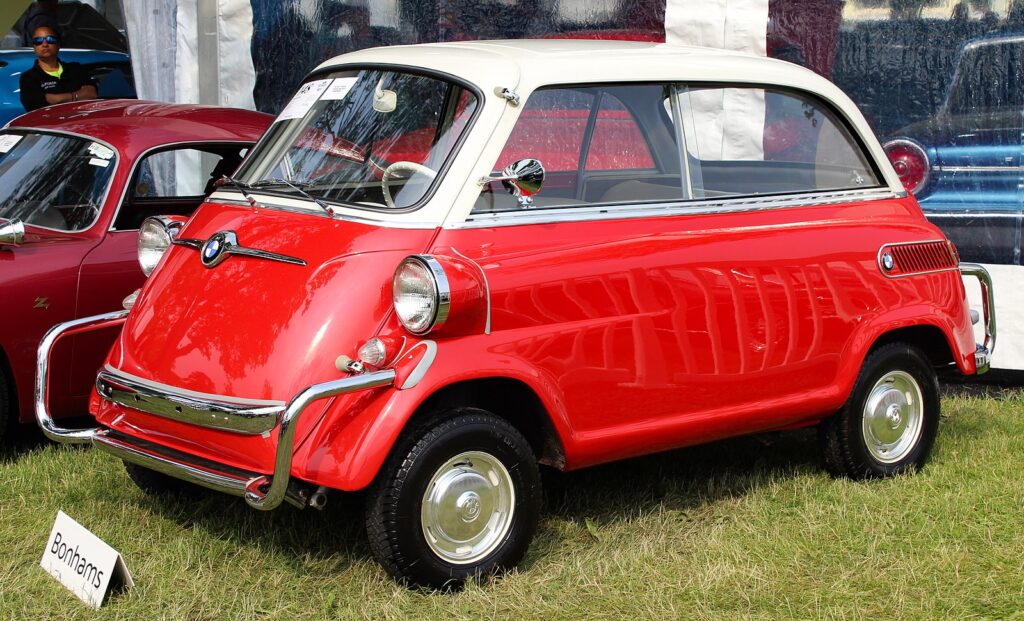
The BMW Isetta, produced from 1955 to 1962, is a microcar known for its bubble-like design and unique front-opening door. Powered by a 298cc single-cylinder engine, it offered 12 horsepower, which limited its performance but made it highly fuel-efficient. The Isetta’s quirky appearance and compact size made it a popular urban vehicle in post-war Europe. Customers appreciated its charm and affordability, despite its limited practicality.
Citroën DS
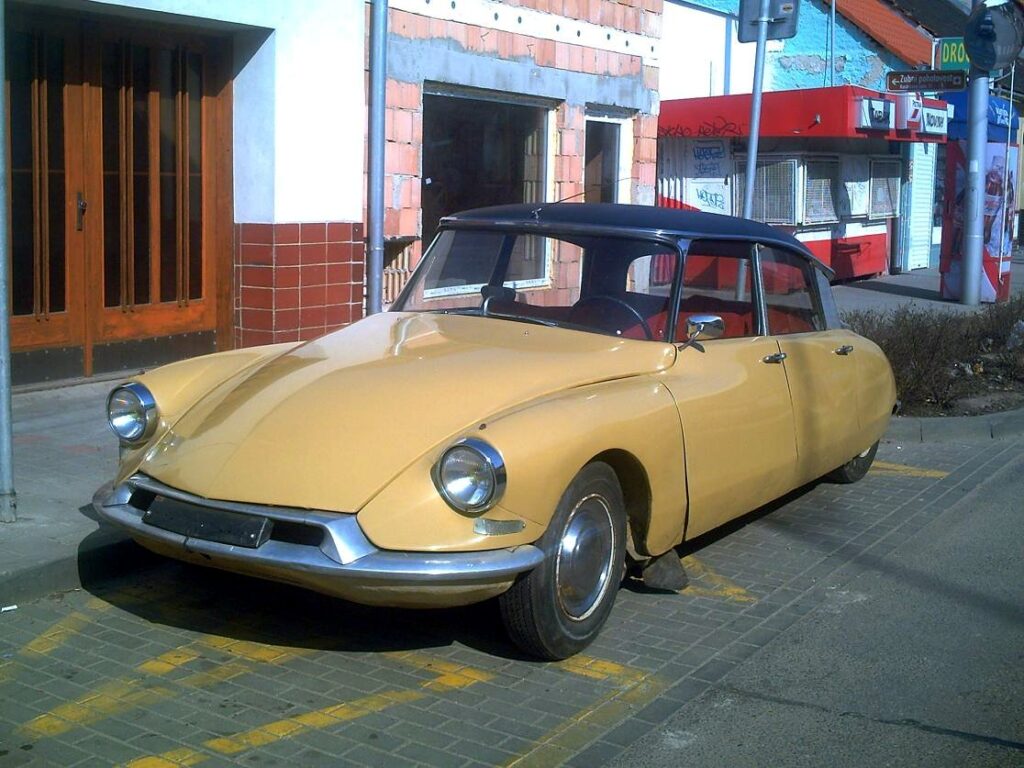
The Citroën DS, produced from 1955 to 1975, is renowned for its futuristic design and advanced technology. Its hydropneumatic suspension, swivel headlights, and aerodynamic body were groundbreaking. The DS’s 1.9-liter engine provided decent performance, but it was the car’s innovative features and unique styling that set it apart. Customer reviews often highlighted its smooth ride and distinctive looks, though some found its complexity daunting.
Peel P50
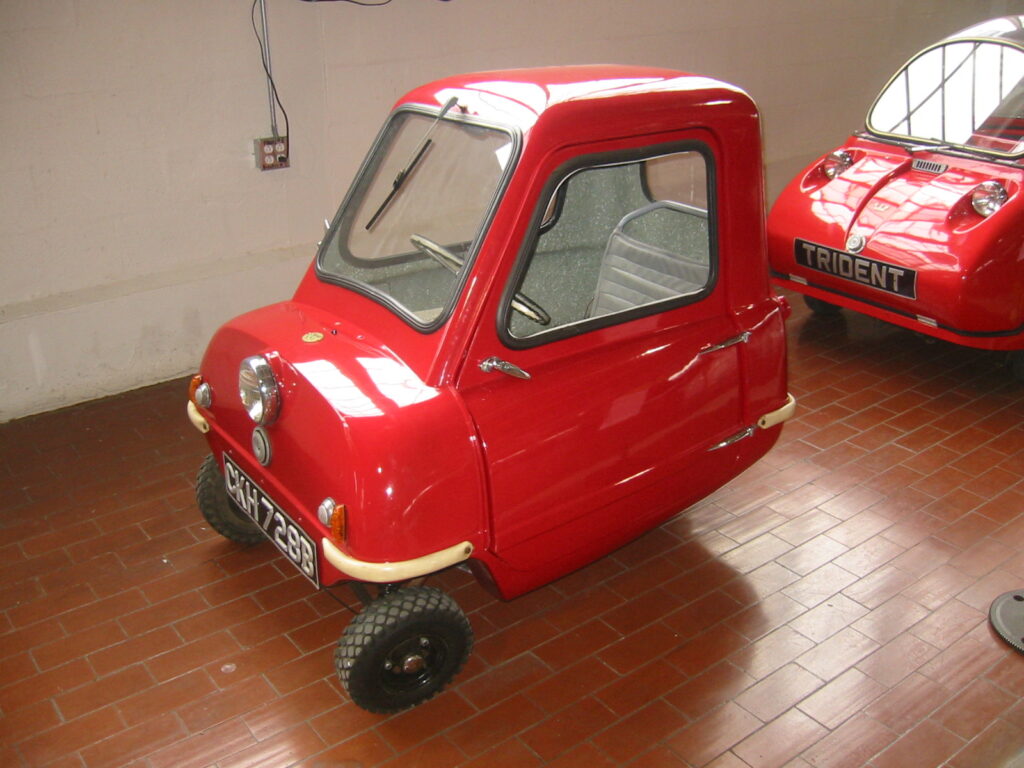
The Peel P50, produced in the 1960s, holds the record as the world’s smallest production car. Its tiny size, measuring only 54 inches long and 39 inches wide, made it highly maneuverable but extremely impractical for anything beyond short urban trips. Powered by a 49cc engine, it offered a top speed of 38 mph. The P50’s quirky design and limited functionality have made it a collector’s item and a symbol of automotive eccentricity.
Amphicar Model 770
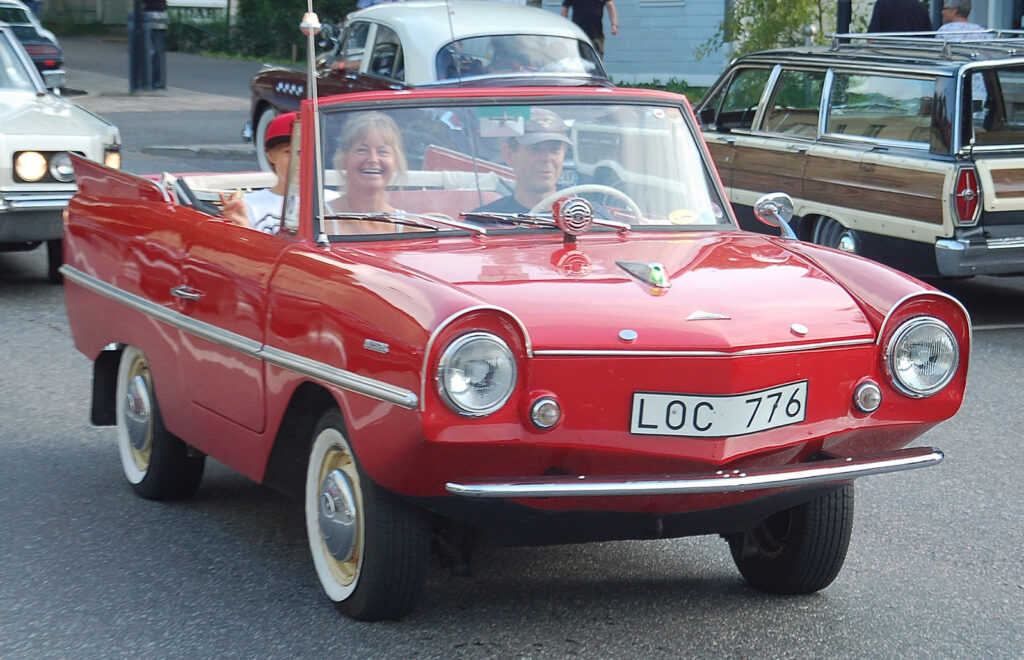
The Amphicar Model 770, produced from 1961 to 1968, is a unique amphibious car that could travel on both land and water. Its design featured a boat-like body with a propeller at the rear and a 1.2-liter Triumph engine providing 43 horsepower. While it was a novel idea, performance was compromised on both land and water. Customer reviews often cited its poor handling and slow speeds, but it remains a fascinating automotive oddity.
Messerschmitt KR200
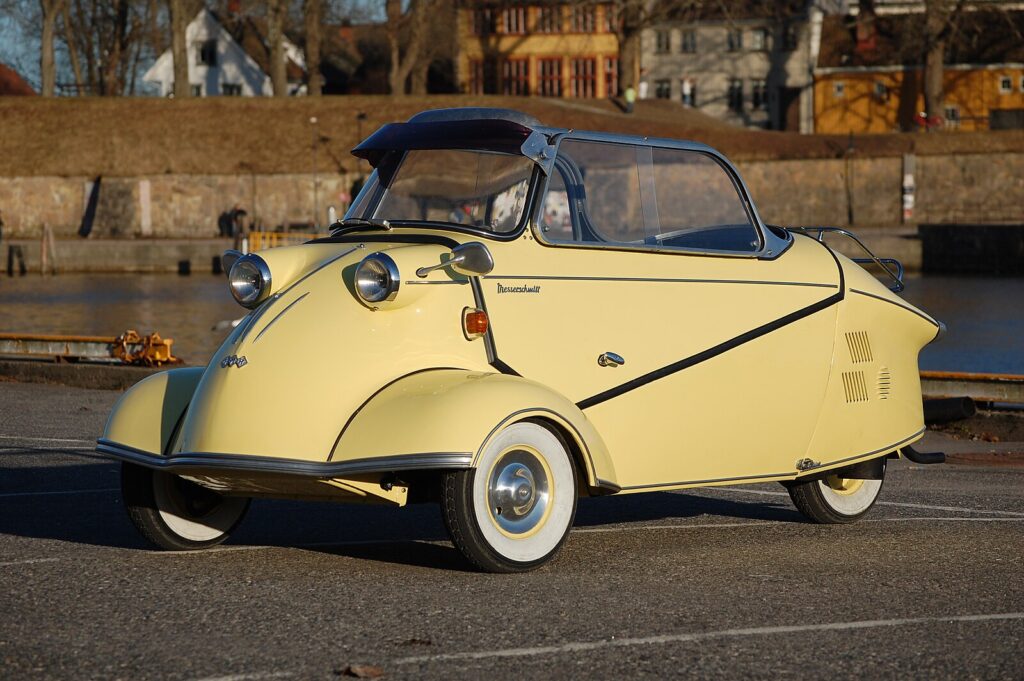
The Messerschmitt KR200, produced from 1955 to 1964, was a three-wheeled microcar designed by the German aircraft manufacturer. Its airplane-like canopy, tandem seating, and motorcycle-style handlebars made it a unique vehicle. Powered by a 191cc single-cylinder engine, it offered 10 horsepower and a top speed of 56 mph. Customers appreciated its fuel efficiency and distinctive design, though its unconventional layout was not for everyone.
Subaru 360
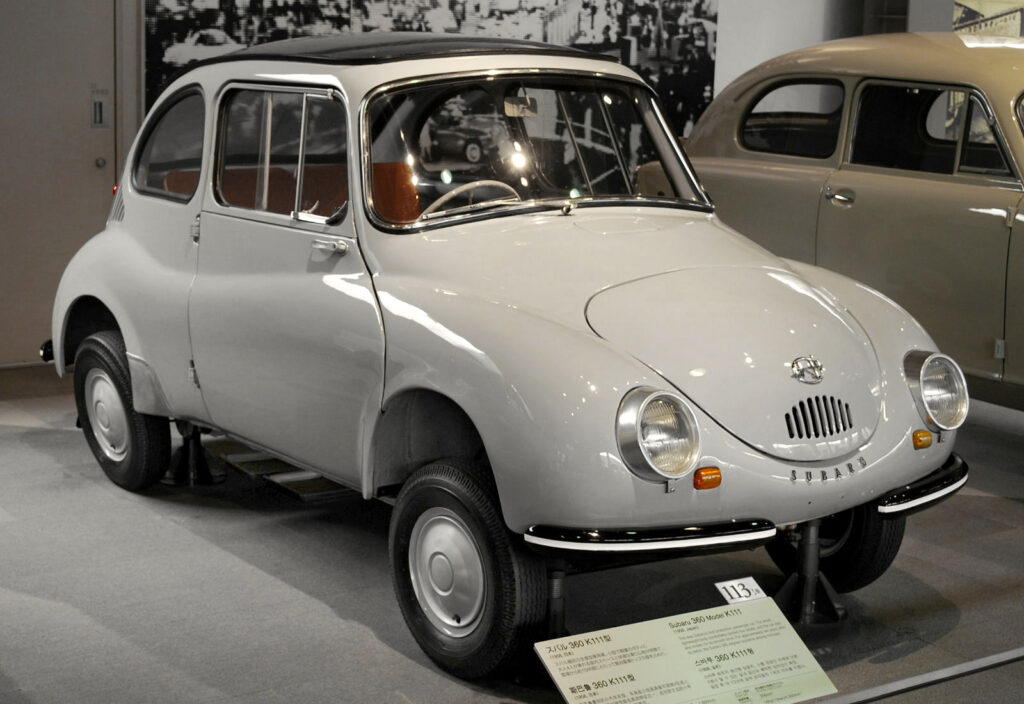
The Subaru 360, produced from 1958 to 1971, is known for its bug-eyed appearance and compact size. Dubbed the “ladybug,” it featured a 356cc two-stroke engine producing 25 horsepower. Despite its small size and modest performance, the 360 was popular in Japan for its affordability and efficiency. Customer reviews often praised its cute design and practicality for city driving.
Ford Nucleon
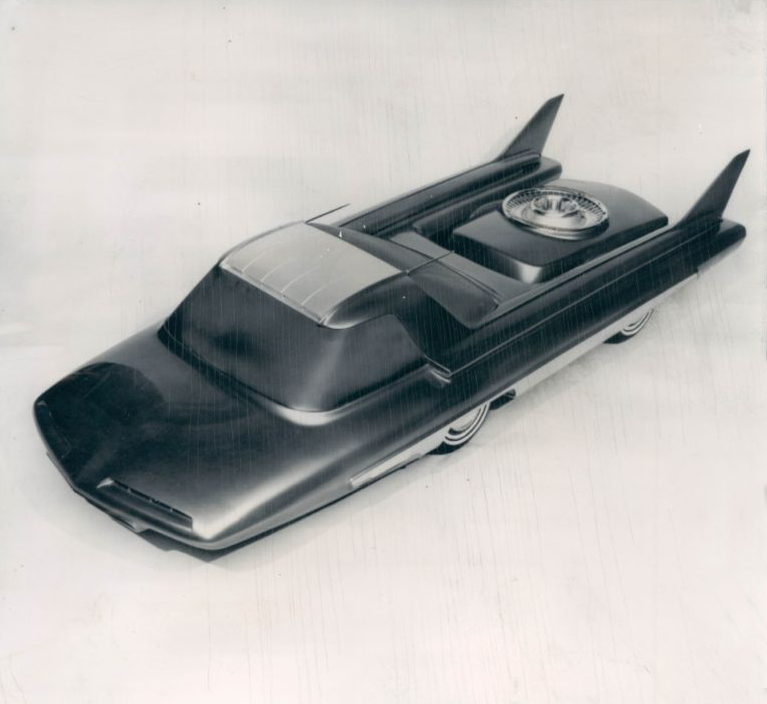
The Ford Nucleon was a 1950s concept car that proposed using a small nuclear reactor as its power source. While it was never produced, its design featured a futuristic, bubble-topped body and a rear-mounted reactor. The concept was deemed impractical due to the dangers and technical challenges of using nuclear power in a car. However, it remains one of the most bizarre and ambitious automotive concepts ever imagined.
Fiat Multipla

The Fiat Multipla, produced from 1956 to 1967, is often remembered for its odd design, featuring a tall, bulbous body with seating for six. Its 1.1-liter engine provided modest performance, but the Multipla’s unconventional appearance made it stand out. Customer reviews noted its practicality and spacious interior, though its aesthetics were polarizing.
BMW Z1
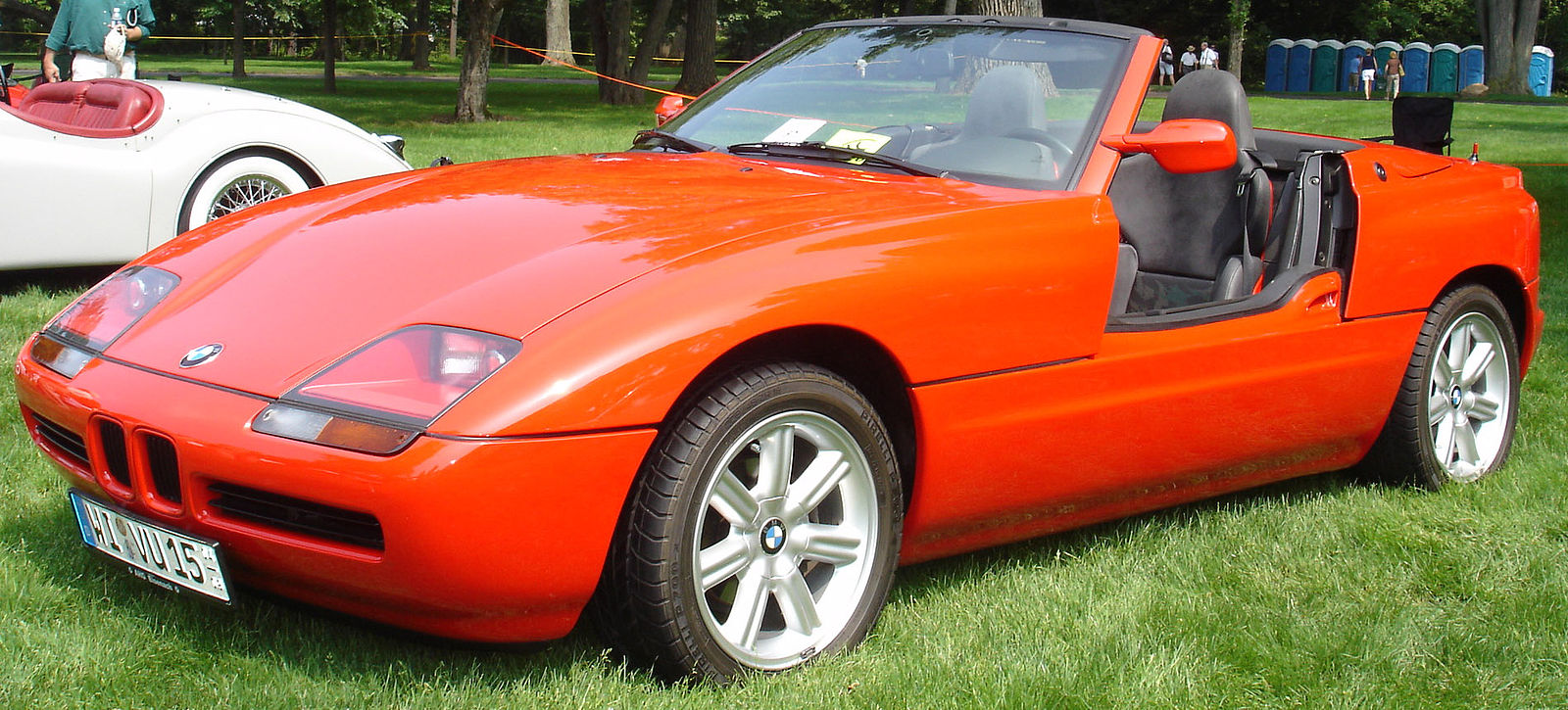
The BMW Z1, produced from 1989 to 1991, is known for its innovative design, particularly its retractable doors that slide down into the body. Its 2.5-liter inline-six engine provided 170 horsepower, offering respectable performance. The Z1’s unique door mechanism and striking design made it a standout model. Customer reviews praised its futuristic features but noted the high cost and limited practicality.
Citroën 2CV
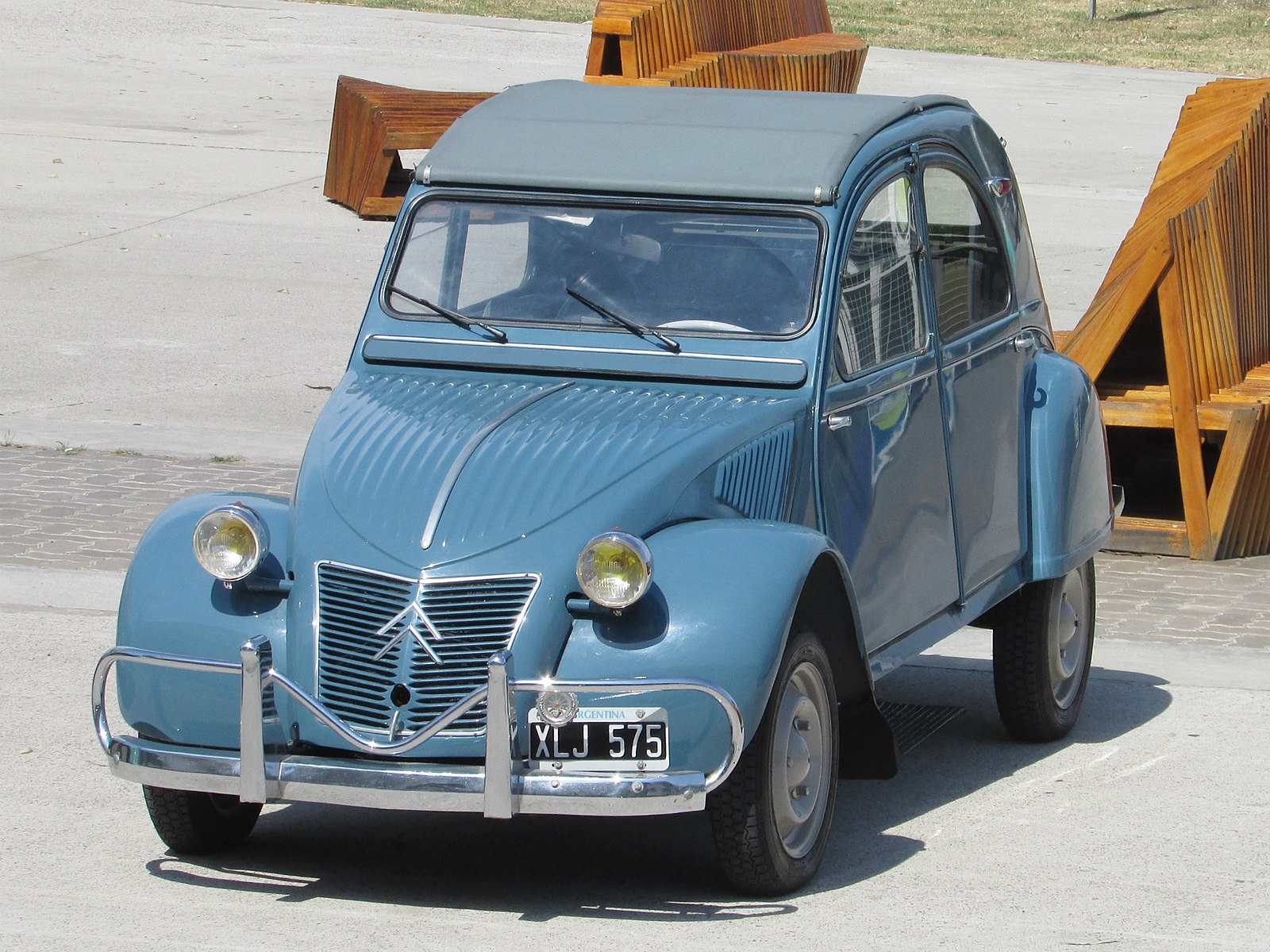
The Citroën 2CV, produced from 1948 to 1990, is famous for its quirky, utilitarian design. Originally intended for rural farmers, its 0.4-liter two-cylinder engine provided minimal power but excellent fuel efficiency. The 2CV’s corrugated body panels and simplistic engineering made it a cultural icon in France. Customer reviews often highlighted its charm and reliability, despite its modest performance.
Toyota Sera
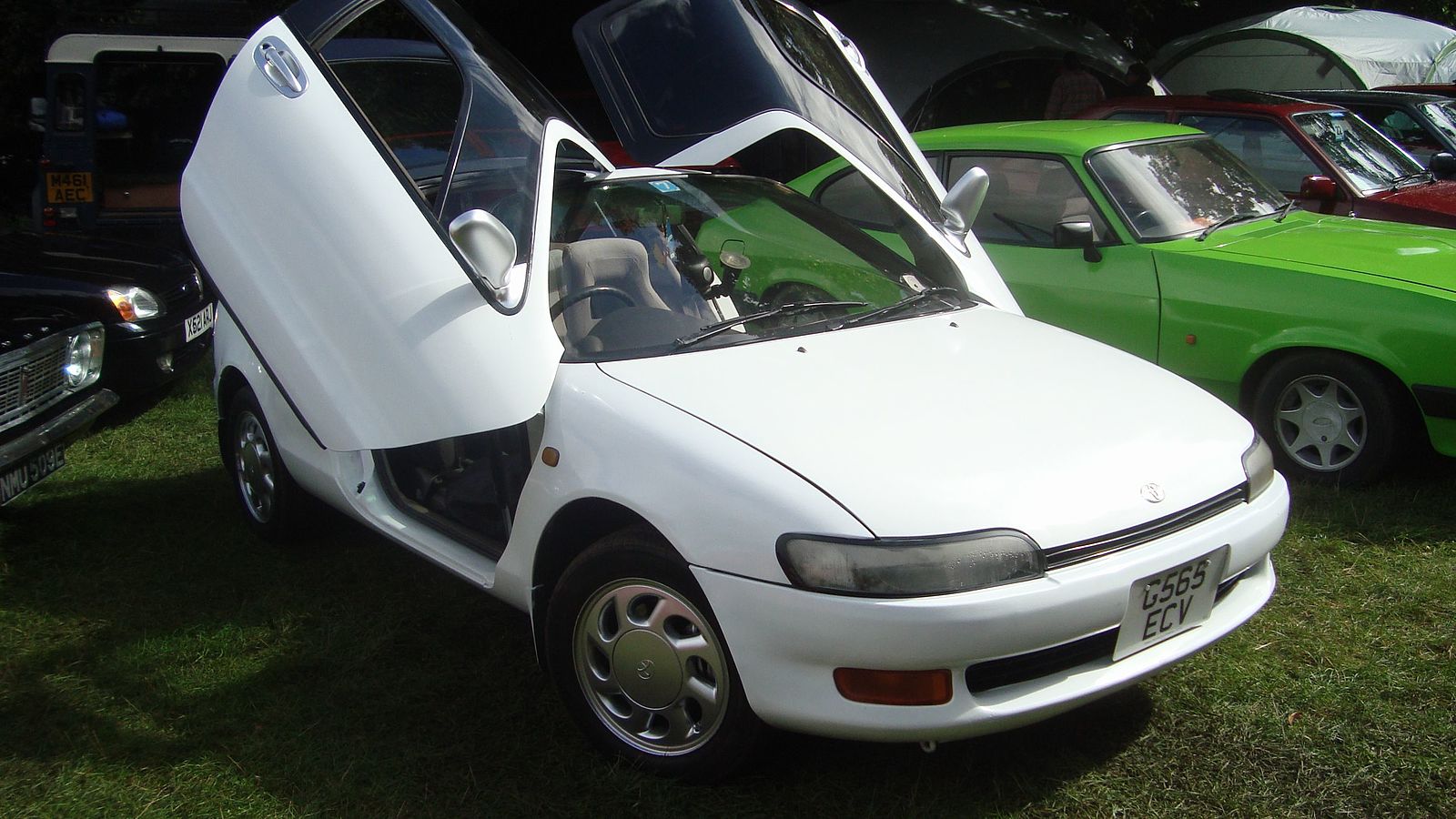
The Toyota Sera, produced from 1990 to 1996, is known for its distinctive butterfly doors and futuristic design. Its 1.5-liter engine provided 110 horsepower, offering decent performance for a compact car. The Sera’s unique doors and glass roof made it a visually striking vehicle. Customers appreciated its bold design and the feeling of openness provided by the extensive glass surfaces.
Bond Bug
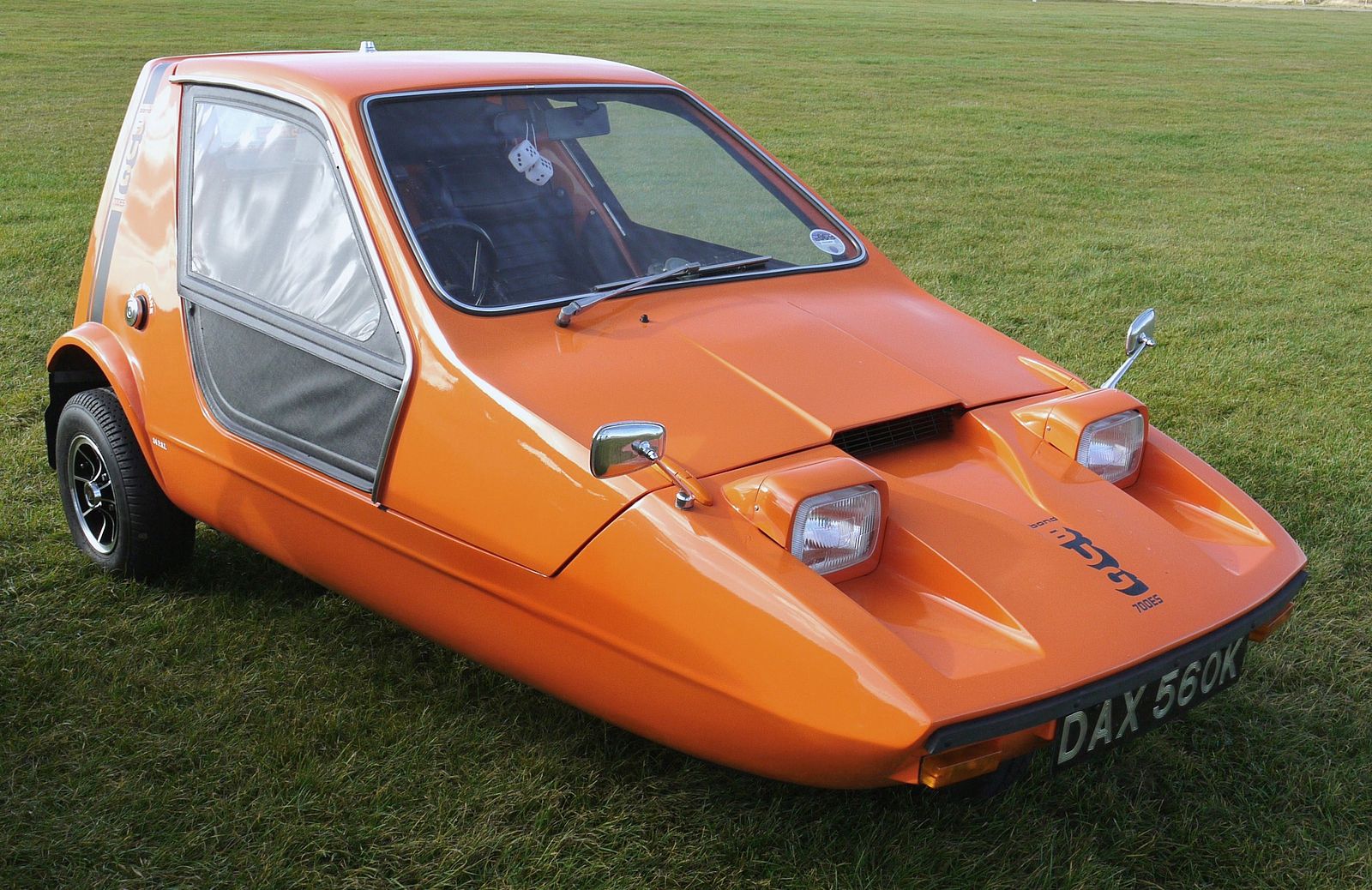
The Bond Bug, produced from 1970 to 1974, is a three-wheeled microcar known for its wedge-shaped body and bright orange color. Its 0.7-liter engine produced 29 horsepower, offering limited performance but an attention-grabbing design. The Bond Bug’s unconventional appearance and playful aesthetic made it a favorite among enthusiasts seeking something different. Customer reviews often mentioned its fun driving experience and unique styling.
Honda Vamos
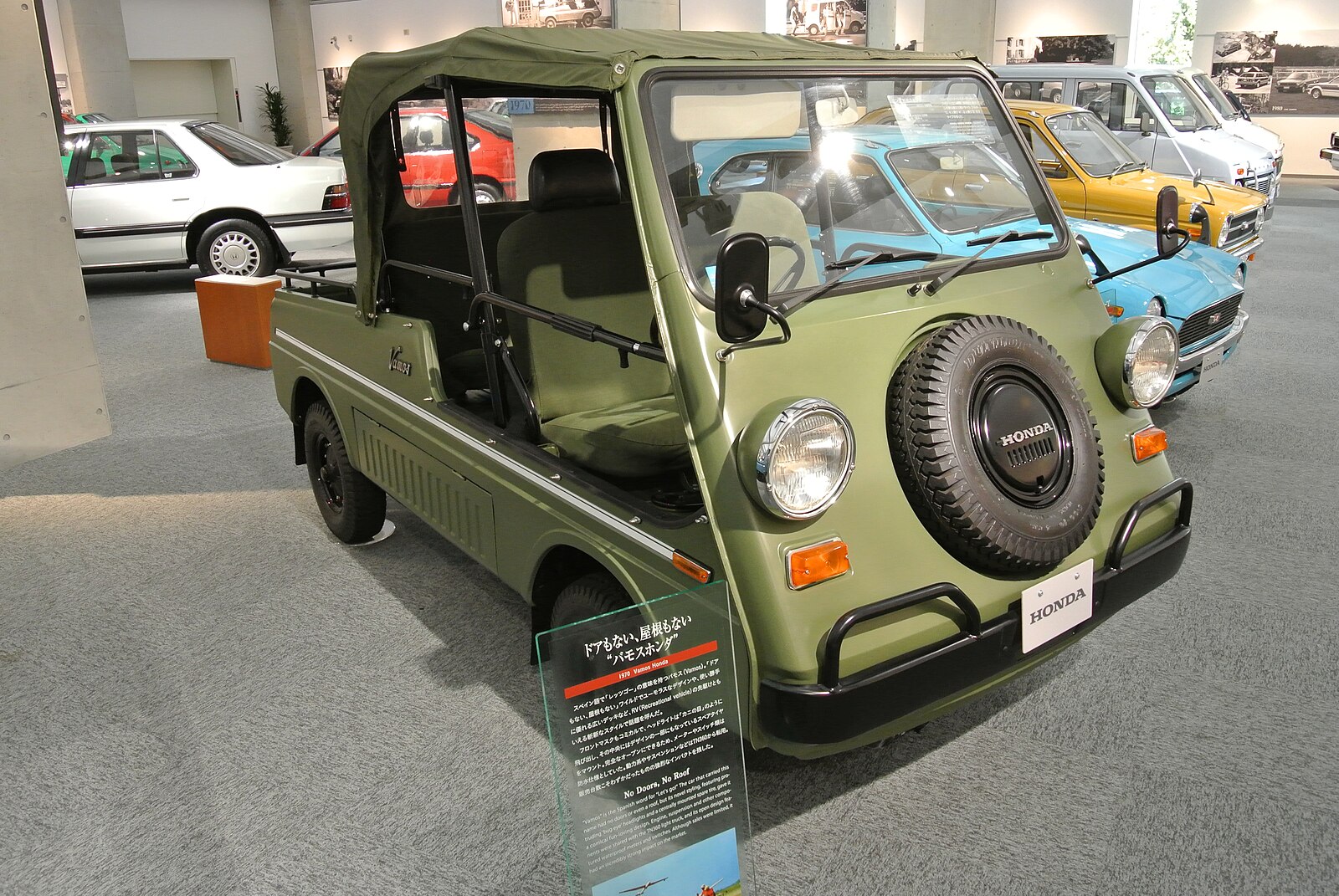
The Honda Vamos, produced from 1970 to 1973, is a quirky, open-air vehicle designed for leisure use. Its 0.4-liter engine provided minimal power, but its jeep-like design and lightweight construction made it a fun, offbeat vehicle. The Vamos’s simplicity and open design appealed to those looking for a basic, recreational car. Customer reviews highlighted its playful nature and versatility.
Volkswagen Thing
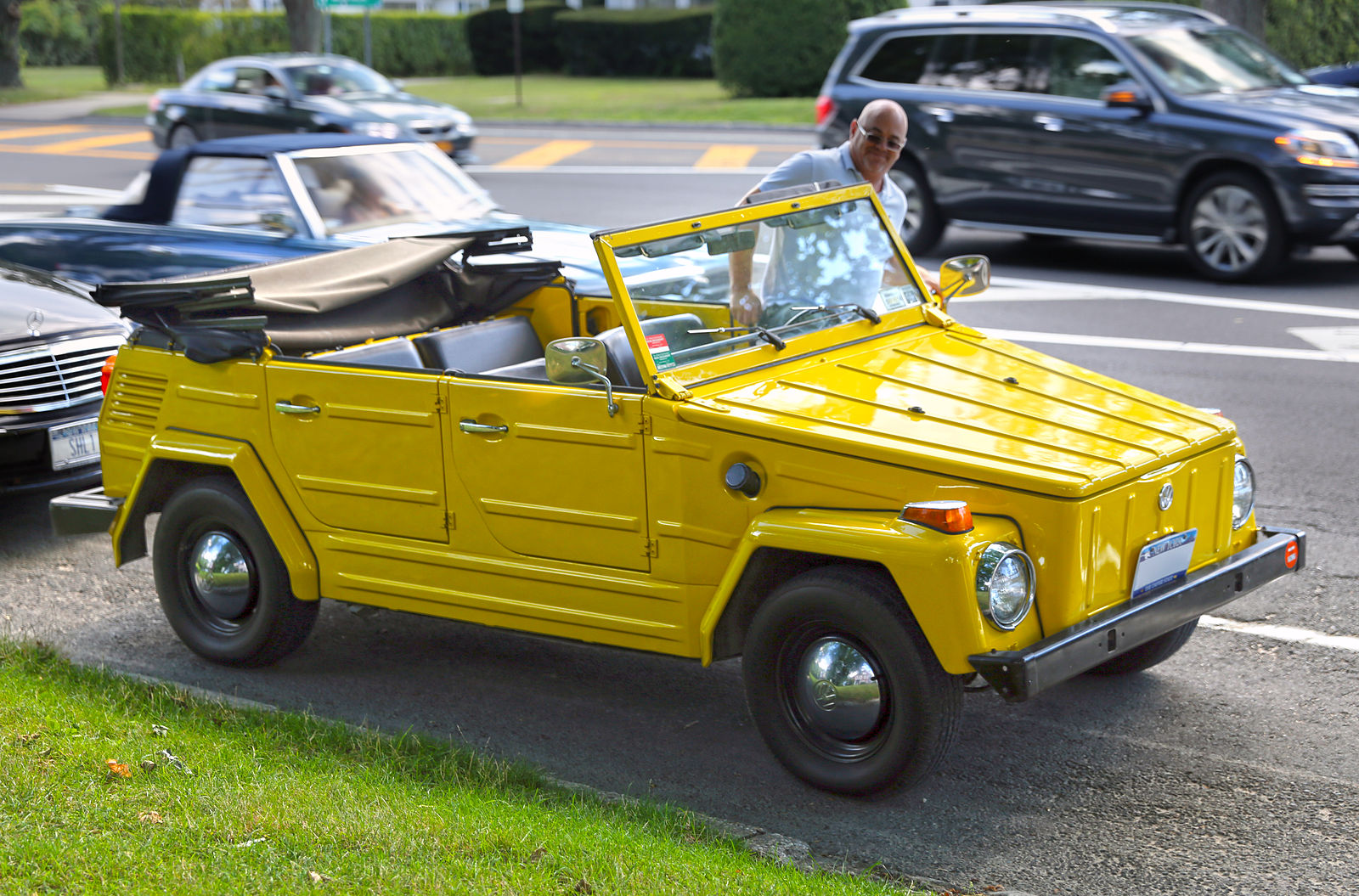
The Volkswagen Thing, produced from 1968 to 1983, is known for its utilitarian design and military origins. Its boxy body and removable doors gave it a rugged, unconventional look. Powered by a 1.6-liter engine, it offered modest performance but excellent off-road capability. Customer reviews often praised its durability and unique styling, making it a cult classic.
Chrysler Airflow
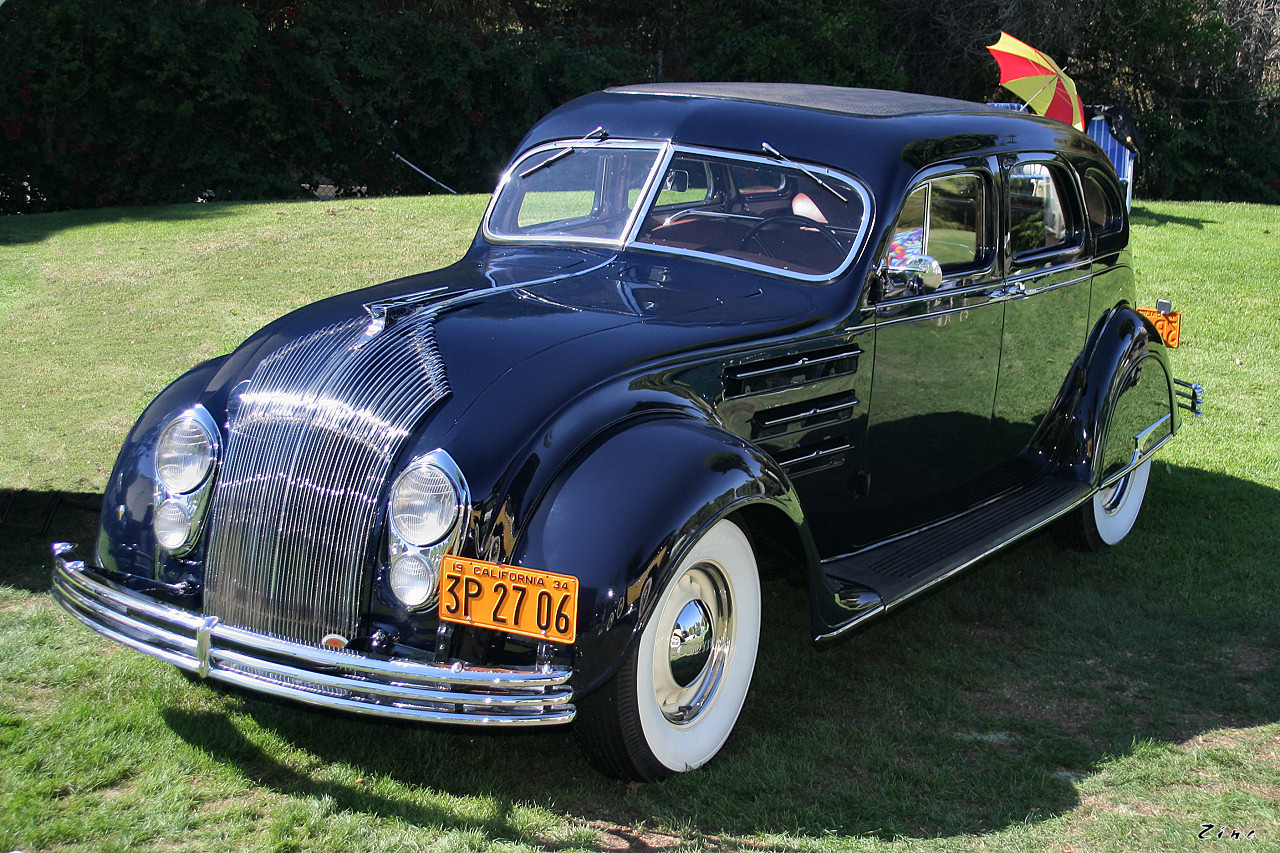
The Chrysler Airflow, produced from 1934 to 1937, was ahead of its time with its aerodynamic design. Its streamlined body and integrated headlights were revolutionary, but the public found its appearance too radical. The Airflow’s 5.3-liter inline-eight engine provided good performance, but its unusual design led to poor sales. Customer reviews noted its advanced engineering but criticized its unconventional looks.
Marcos Mantis
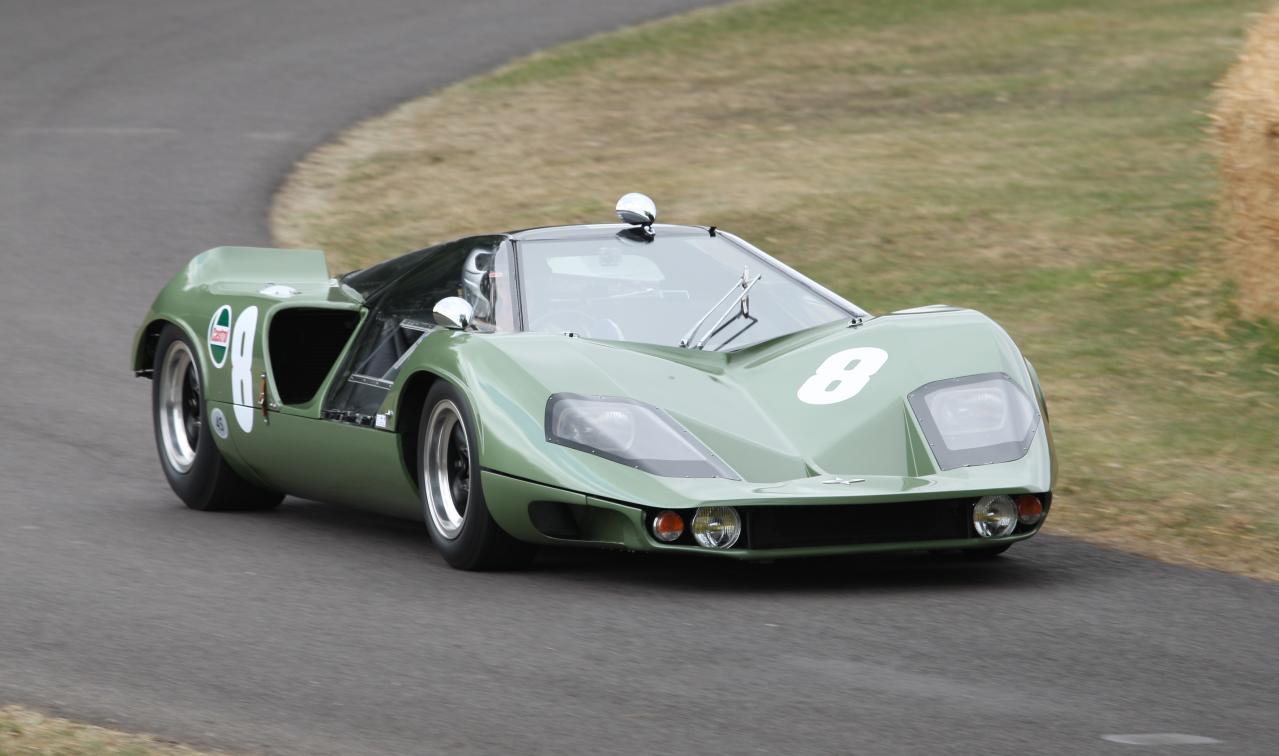
The Marcos Mantis, produced from 1968 to 1971, is a sports car known for its bizarre, angular design. Its long nose and wedge-shaped body made it stand out, but not necessarily in a good way. Powered by a 2.5-liter V6 engine, it offered decent performance. Customer reviews often mentioned its striking appearance and the mixed reactions it garnered.
Nash Metropolitan
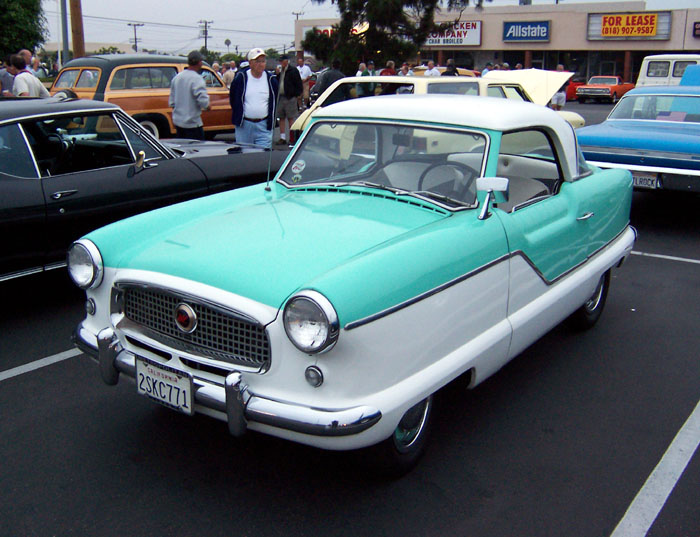
The Nash Metropolitan, produced from 1953 to 1961, is a small car known for its compact size and distinctive styling. Its 1.5-liter engine provided modest power, but its rounded body and two-tone paint made it visually unique. The Metropolitan’s cute, almost toy-like appearance appealed to some but was considered odd by others. Customer reviews highlighted its charm and ease of parking.
Reliant Robin
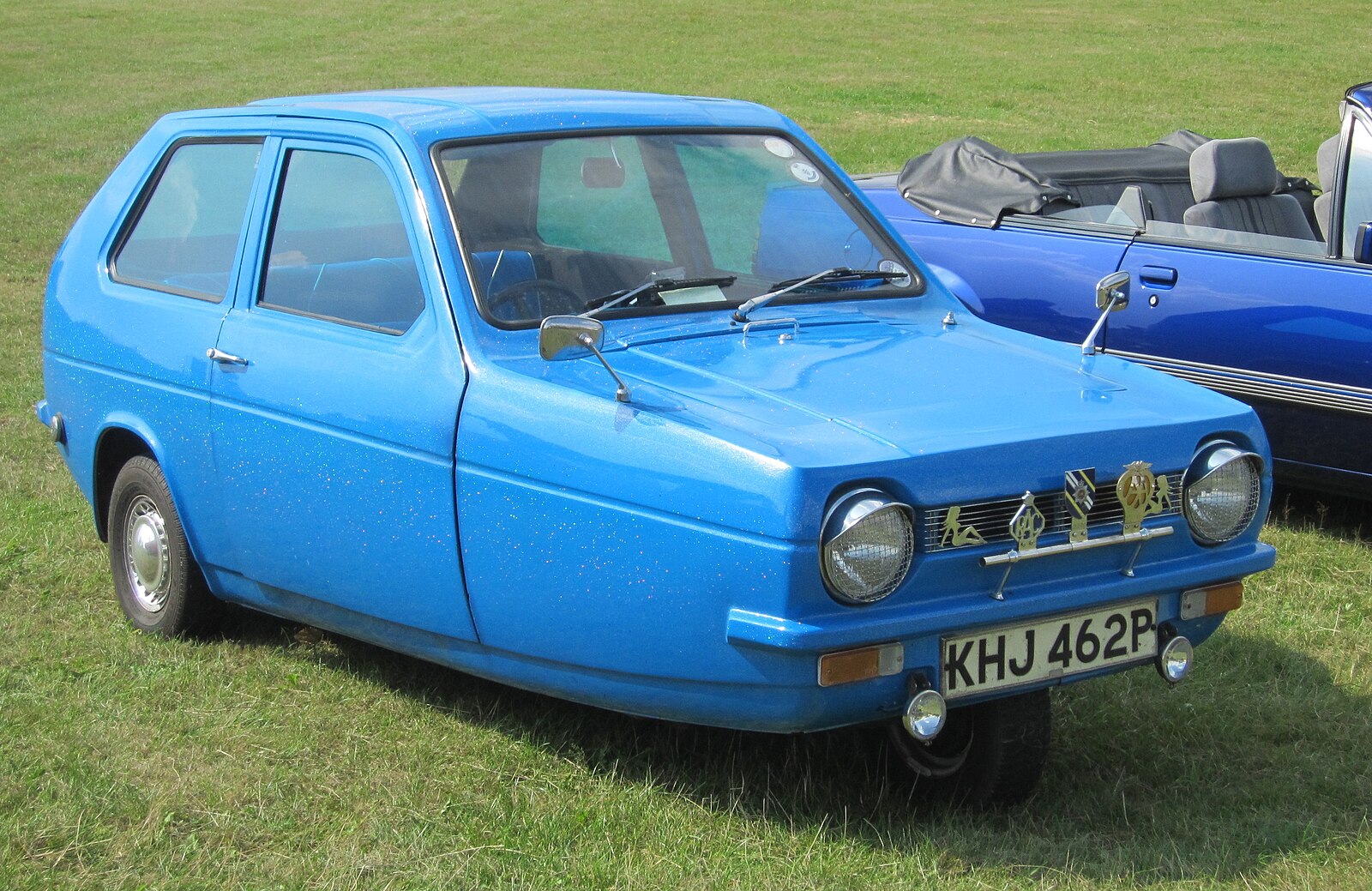
The Reliant Robin, produced from 1973 to 2002, is a three-wheeled car known for its peculiar design and tendency to tip over. Its 0.8-liter engine provided basic transportation, but its unstable handling made it infamous. The Robin’s odd appearance and quirky driving dynamics made it a subject of both ridicule and affection. Customer reviews often mentioned its fuel efficiency and unique character, despite its flaws.
Tata Nano

The Tata Nano, produced from 2008 to 2018, is known for its status as the world’s cheapest car. Its tiny, rounded body and minimalistic design made it practical but visually odd. Powered by a 0.6-liter two-cylinder engine, it offered basic transportation with minimal frills. Customer reviews highlighted its affordability and efficiency but noted its lack of power and unconventional styling.
This article originally appeared in MyCarMakesNoise.
More from MyCarMakesNoise
15 Antique Tractors That Have Lost Their Value

Antique tractors once represented the pinnacle of farming innovation, but many have lost their value over time. Advances in technology and changes in agricultural needs have rendered these once-prized machines obsolete. Read More
13 Transportation Projects That Turned into Financial Disasters

Transportation projects are often ambitious undertakings meant to improve our lives, but sometimes they can go terribly wrong. In this article, we explore 13 transportation projects that turned into financial disasters. Read More
10 Experimental Military Aircraft That Didn’t Take Off

Experimental military aircraft often push the boundaries of technology and innovation. However, not all of these ambitious projects succeed. Read More



